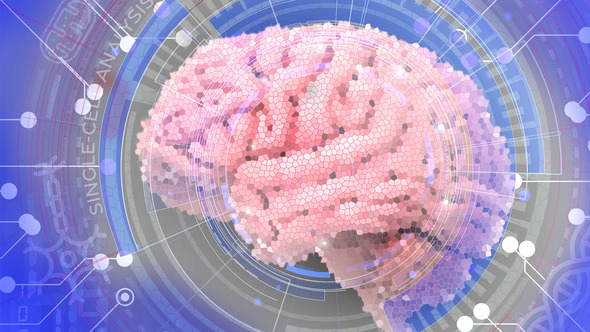| Posted on Oct. 10, 2023, byLawrence Tabak, D.D.S., Ph.D  People living with Alzheimers disease experience a gradual erosion of memory and thinking skills until they can no longer carry out daily activities. Hallmarks of the disease include the buildup of plaques that collect between neurons, accumulations of tau protein inside neurons and weakening of neural connections. However, theres still much to learn about what precisely happens in the Alzheimers brain and how the disorders devastating march might be slowed or even stopped. Alzheimers affects more than six million people in the United States and is the seventh leading cause of death among adults in the U.S., according to theNational Institute on Aging. NIH-supported researchers recently published a trove of data in the journalCelldetailing the molecular drivers of Alzheimers disease and which cell types in the brain are most likely to be affected.The scientists, led byLi-Huei TsaiandManolis Kellis, both at the Massachusetts Institute of Technology, Cambridge, MA, characterized gene activity at thesingle-cell levelin more than two million cells from postmortem brain tissue. They also assessed DNA damage and surveyedepigenetic changesin cells, which refers to chemical modifications to DNA that alter gene expression in the cell. The findings could help researchers pinpoint new targets for Alzheimers disease treatments.  |